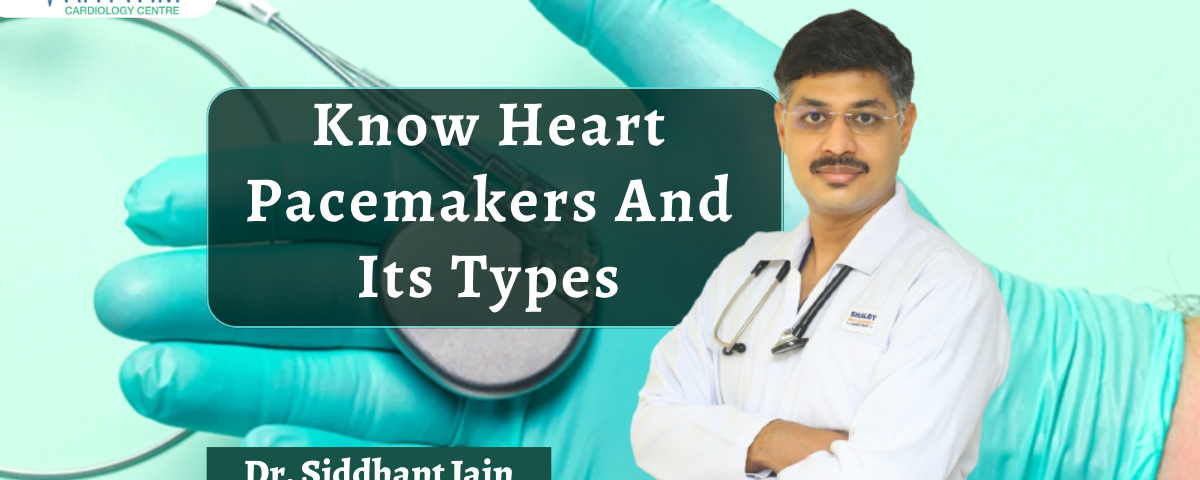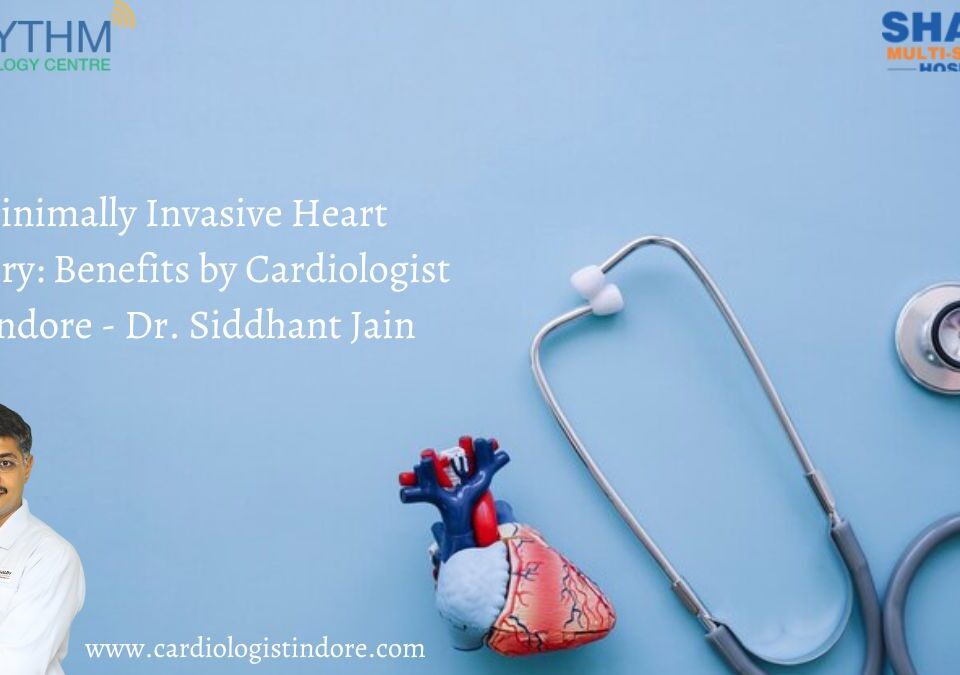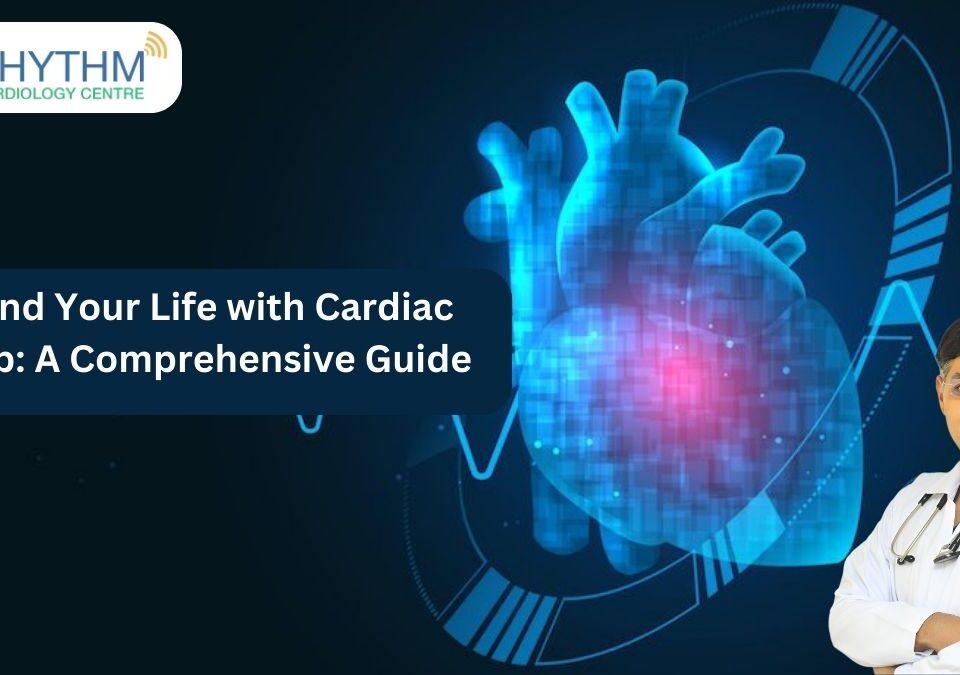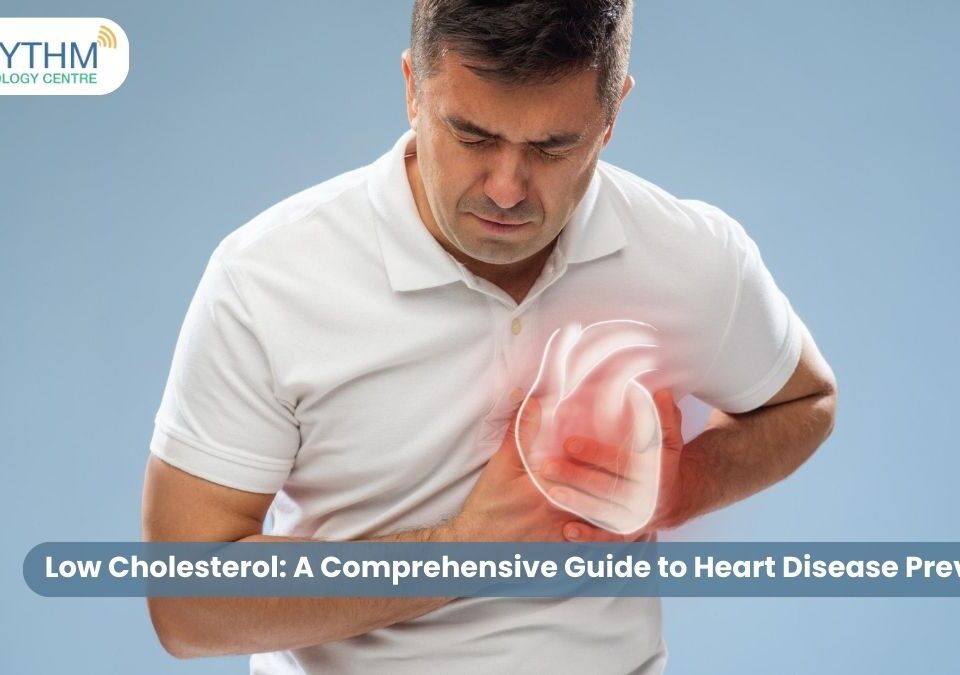- Ask for Appointment
- 8120981116
- [email protected]
Know Heart Pacemakers And Their Types

Healthy Food For Healthy Heart – Cardiologist Indore
December 7, 2022
Heart Valve Diseases – Cardiologist
December 21, 2022What is Pacemaker?
As per the best Heart Surgeon in Indore in order to maintain the electrical system in your heart, pacemakers can be implanted in your body, typically by surgery. They can stop issues that could disturb or risk your life and helps to settle irregular heart rhythms.
How Does Pacemakers Work – Heart Surgeon in Indore
An electric medical device is known as a pacemaker. It is typically the size of a matchbox. The Heart Surgeon in Indore put this small electrical device under your skin to assist in controlling arrhythmias, which are abnormal heartbeats. There are several types of cardiac failure that can be treated using pacemakers.
There can be issues with this electrical signaling in particular circumstances, which can result in an irregular pulse or a heartbeat that is too fast (tachycardia). This arrhythmia exists. With the aid of electrical impulses produced by a pacemaker, your heart can beat normally, rhythmically, or both.
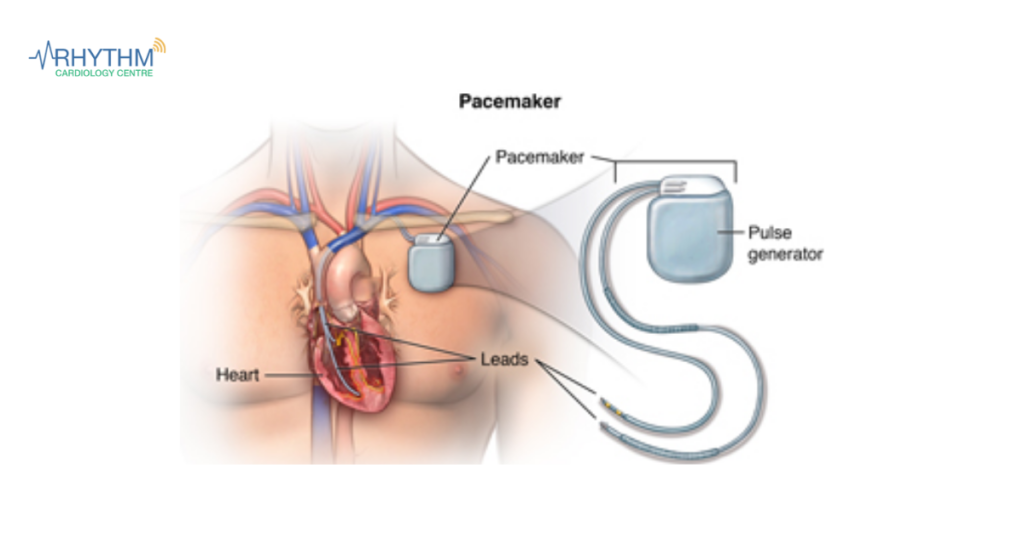
Who Needs a Pacemaker?
You will undergo testing from your Heart Surgeon in Indore to determine your suitability for a pacemaker. A heartbeat that is excessively sluggish is one of the main reasons a pacemaker is advised. Another purpose for a pacemaker is:
- A paused heartbeat.
- An irregular or rapid heartbeat.
- Certain types of heart failure.
Types of Pacemaker – Heart Surgeon in Indore
- Single Chamber Pacemaker: – The pulse generator and one of your heart’s chambers are connected by a single lead in this kind of pacemaker.
- Dual Chamber Pacemaker: – This device has two leads that link to the right atrium and right ventricle. The Dual Chamber Pacemaker has two chambers on the right side of the heart. It is basically set up by the Heart Surgeon in Indore to control how quickly each chamber contracts.
The two chambers contract and relax in the right rhythm thanks to the pacemaker. Right atrial to right ventricular blood flow is made possible by contractions.
By attaching the lead of the right ventricle, we often employ the single-chamber pacemaker to regulate heartbeat pacing in patients (lower heart chamber). The single-chamber pacemaker helps to lead the right atrium (upper heart chamber), to activate the pacing based on the symptoms and the sort of pacing that the patient requires.
Depending on the pacing requirements of the heart, the heart surgeon in Indore decide which type of pacemaker your heart needs.
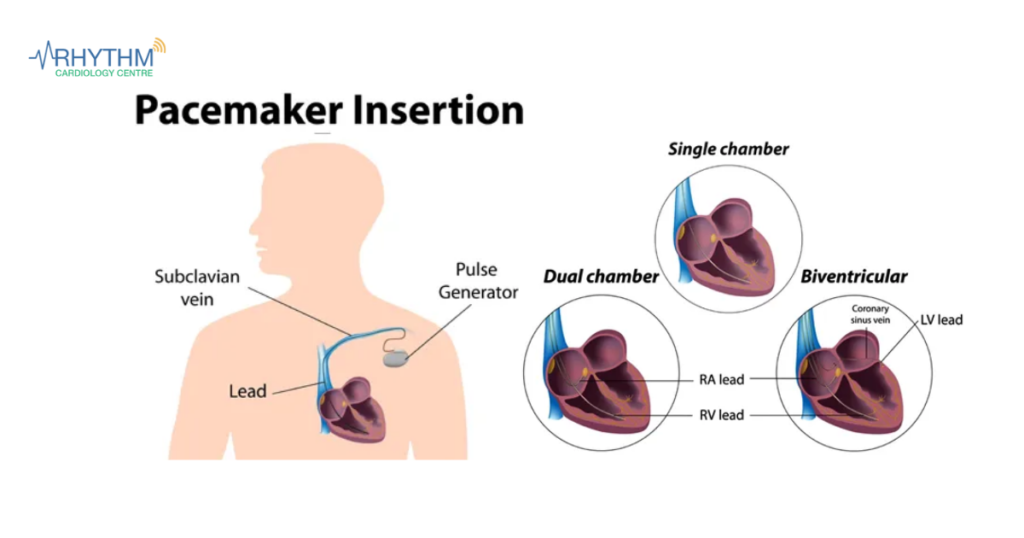
- Biventricular Chamber: – Biventricular pacemaker is needed for people who have severe heart failure or have abnormal or irregular heart rhythms (arrhythmias). A biventricular pacemaker is an implantable medical device. The gadget comprises a pulse generator, which houses a battery and a tiny computer, and three wire leads. During the process, the heart surgeon in Indore implant the device.
In order for the lower chambers of the heart to effectively pump oxygen-rich blood out to your body, the biventricular device coordinates the contractions.
- Leadless Chamber: – A small pacemaker device is implanted by a catheter and is about the size of a big pill. This device doesn’t require any wires because it is fixed to the inside wall of your heart.
- Temporary Pacemaker: – When the heart rate changes as a result of open-heart surgery, a heart attack, an infection, medicine, or other problems, then it is a sign of a temporary pacemaker. The pacemaker will be left in place for a short amount of time—usually a few days—until your heart rate is normalized.
- Intra Cardiac Defibrillator: – A small battery-operated device known as an implanted cardioverter-defibrillator (ICD) It is inserted into the chest to identify and treat abnormal heartbeats (arrhythmias). When necessary, an ICD delivers electric shocks while continuously monitoring the heartbeat to help it return to its normal rhythm.
- Cardiac Resynchronization Therapy: – Biventricular pacemakers, also known as cardiac resynchronization devices, This Device is used to provide electrical signals to both of the heart’s bottom chambers (right and left ventricles). The signals cause the ventricles to contract more precisely, to enhance the heart’s capacity to pump blood.


